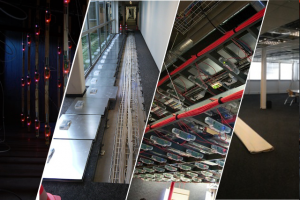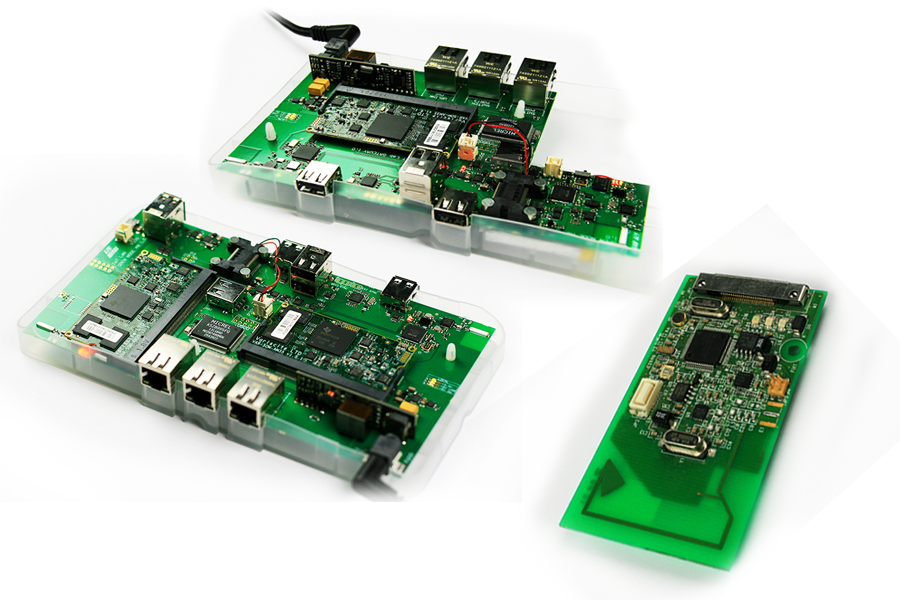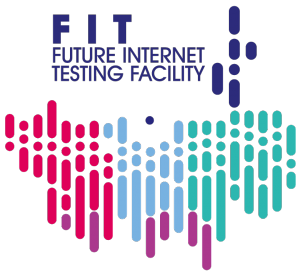What is IoT-LAB?
IoT-LAB provides a very large scale infrastructure suitable for testing small wireless sensor devices and heterogeneous communicating objects. It is the evolution and extension of the SENSLAB testbed (2010-2013).
A scientific testbed
IoT-LAB provides full control of network nodes and direct access to the gateways to which nodes are connected, allowing researchers to monitor nodes energy consumption and network-related metrics, e.g. end-to-end delay, throughput or overhead. The facility offers quick experiments deployment, along with easy evaluation, results collection and analysis. Defining complementary testbeds with different node types, topologies and environments allows for coverage of a wide range of real-life use-cases.
Different topologies and environments
IoT-LAB testbeds are located at six different sites across France which gives forward access to 1786 wireless sensors nodes: Inria Grenoble (640), Inria Lille (293), Inria Saclay (264), ICube Strasbourg (400), Institut Mines-Télécom Paris (160) and CITI Lab Lyon (29).

Different nodes
The IoT-LAB hardware infrastructure consists of a set of IoT-LAB nodes. A global networking backbone provides power and connectivity to all IoT-LAB nodes and guarantees the out of band signalling network needed for power and command purposes and monitoring feedback.

A part of FIT
IoT-LAB is a part of the FIT (Future Internet of the Things) platform. FIT is a set of complementary components that enable experimentation on innovative services for academic and industrial users. The project gives french Internet stakeholders a way to experiment on mobile wireless communications to the network and on application layers, thereby accelerating the design of advanced networking technologies for the Future Internet.
